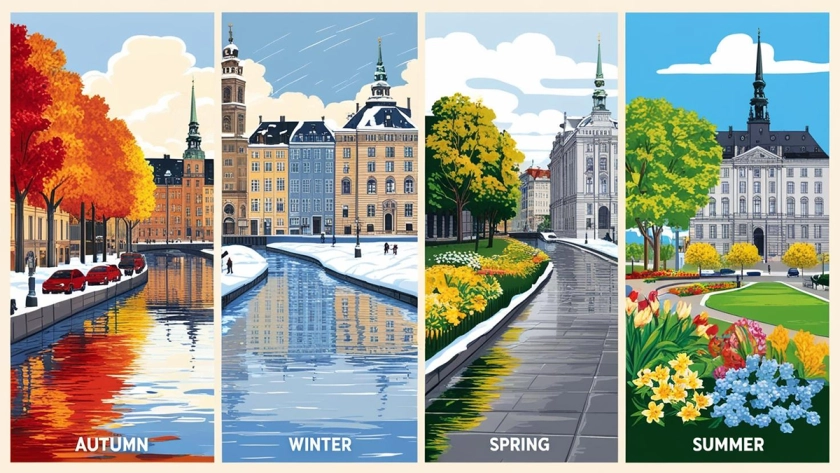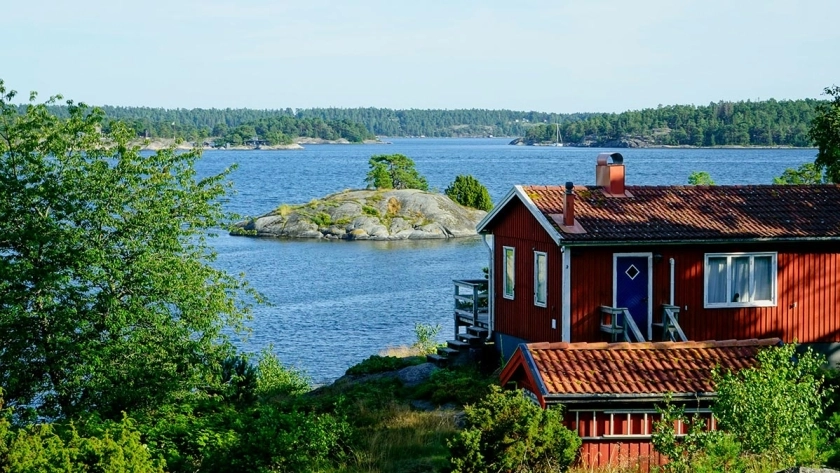
Trolösa (Faithless) is a new Swedish series, in six episodes, produced by Miso Film. It is currently airing on the Swedish public channel SVT and will soon be available on some other channels, namely Apple TV. The series centers on Marianne Vogler, an actress married to Markus, a renowned professional pianist who is often traveling. They are both parents to a daughter named Isabelle, 9 years old at the beginning of the story.
Their relationship seems perfect until David, a childhood friend of her husband, is back in Sweden after a painful divorce. Marianne and Simon begin a seductive game that quickly goes beyond simple friendship and disrupts the lives of all the characters involved, leading them to confront their desires, lies, and the realities of love…
Genesis of the project
Initially, a screenplay written by Ingmar Bergman, inspired by a painful personal drama he experienced: in 1949, while in a relationship with actress-choreographer Ellen Hollender (the mother of four of his children), he had an adulterous affair with journalist Gun Hagberg. This emotionally painful story left an indelible mark both professionally and personally. In his autobiography (Laterna Magica), recalling this episode, Bergman writes, “Our love, and from the very beginning, it carried within it its own seeds of destruction.” In another of his important films, Scenes from a Marriage, he also recounts this emotionally intense period, which would end in a divorce in 1952.
The script was later brought to the screen for the first time in 1999 by Liv Ullmann (with whom he had also shared his life in the 60s, and who made a comeback on the international scene after a long absence). It was Liv Ullmann’s first fictional film, after mostly directing documentaries, and it was presented in competition at the Cannes Film Festival in June 2000.
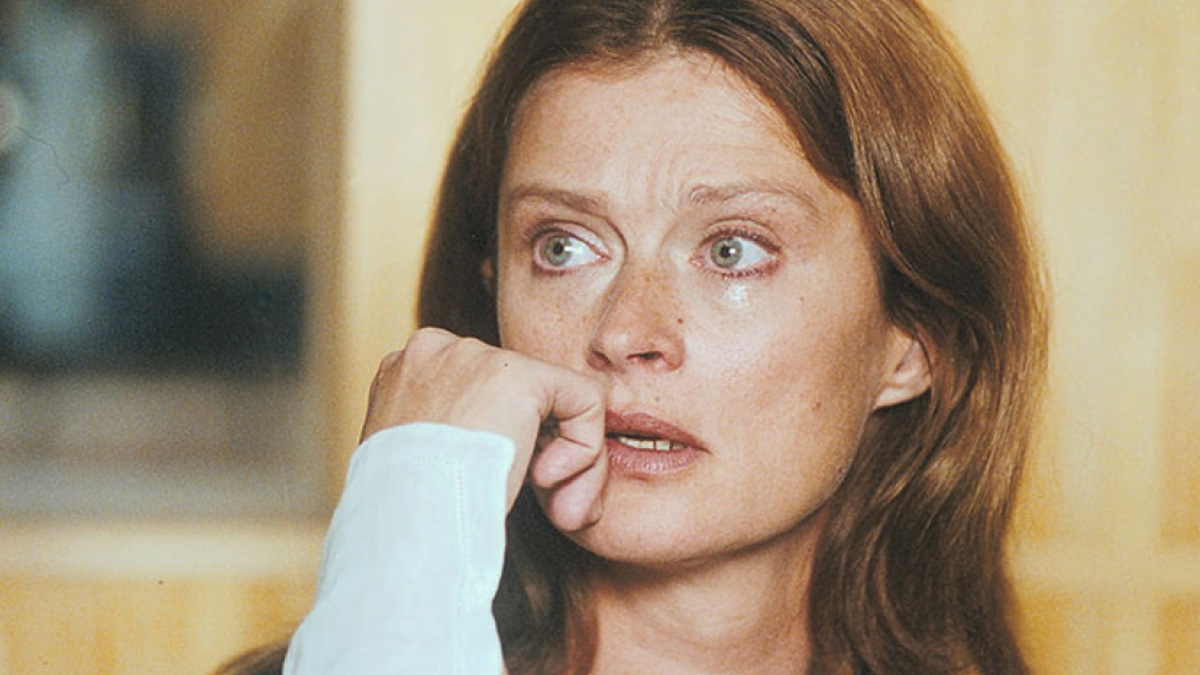 Marianne (Lena Endre) i Trolösa. Foto: Joakim Strömholm © AB Svensk Filmindustri
Marianne (Lena Endre) i Trolösa. Foto: Joakim Strömholm © AB Svensk Filmindustri
Bergman’s script and Liv Ullmann’s film sadly left the festival empty-handed, the film receiving a mixed critical reception internationally, but the lead actress Lena Endre was awarded the 2001 Guldbagge (the Swedish equivalent of the oscars) for her performance.
The new series in a few words
This new TV version, written by the experienced Norwegian screenwriter Sara Johnsen, recognized for the mini-series July 22 from NRK (about the 2011 Utøya terrorist attack), came to life thanks to the initiative of multi-award-winning Swedish director Tomas Alfredson (Tinker Tailor Soldier Spy, Let the Right One In, among others), son of Hasse Alfredson from the famous duo Hasse och Tage.
 ”Trolösa”.Foto: Johan Paulin/SVT.
”Trolösa”.Foto: Johan Paulin/SVT.
Alfredson, who had been carrying this long-term project, reveals that he first tried to contact the Swedish master Ingmar Bergman in 2001 to convince him of a possible television adaptation of his script. Initially, Bergman dismissed the idea, saying it was just something he came up after a night of heavy drinking, but as the discussion progressed , he admitted that the idea was probably as "flawed" as it was exciting.
An audacious narrative approach and a remarkable cast
Under Johnsen’s creative pen, the love triangle between David, Marianne, and Markus is told in parallel across two periods, a narrative process that requires 6 different actors (and even 8 if we count Isabelle) to play the quartet from the past and the one from today, a real challenge for the casting, brilliantly tackled by Alfredson. In the present-day storyline, the director David Howard, 73 years old (played by the excellent Danish actor Jesper Christensen), reunites with his former great love, the actress Marianne Vogler, 75 years old (played by Lena Endre, the same iconic actress from Liv Ullmann’s film), who is hospitalized (she has just attempted suicide). Together, they reminisce about their past relationship and its painful consequences, not only for themselves but also for their families.
 ”Trolösa”.Foto: Johan Paulin/SVT
”Trolösa”.Foto: Johan Paulin/SVT
In the past storyline, set 40 years earlier and which truly inaugurates and drives the series, we follow the young David (played by the charismatic Gustav Lindh) and Marianne (played by the radiant Frida Gustavson) as they fall in love and embark on a consuming passion, kept secret by Marianne (who is married to Markus, David's best friend), under the simultaneously fearful and innocent gaze of Isabelle.
The narrative process alternates past and present, allowing the viewer to follow the events in two distinct timelines: one of nostalgic and happy memories, and the other of regret and painful confrontation with the consequences of infidelity. This non-linear structure creates dramatic tension by gradually unveiling the characters' pain and regrets, as well as the stakes of a divorce. It also has the advantage of presenting both narrative lines without judgment, as the two storylines are shown to the viewer without a moral lens, but from a variety of perspectives and in a choral manner: the viewpoint of each character, including the cheated husband and the child (powerless witnesses), is taken into account. Each viewer can then interpret the events through the filter of their own personal experience.
This is clearly the series’ strong point because, in Liv Ullmann's version, which opened with a more psychoanalytical device (the elderly director asking the actress to tell him her story with her lover David), a kind of introspection under control, we mainly saw the egos’ conflicts and the psychotic relationships between the two characters (Bergman and his demons), leaving little space for secondary characters and the personal interpretation of the viewer.
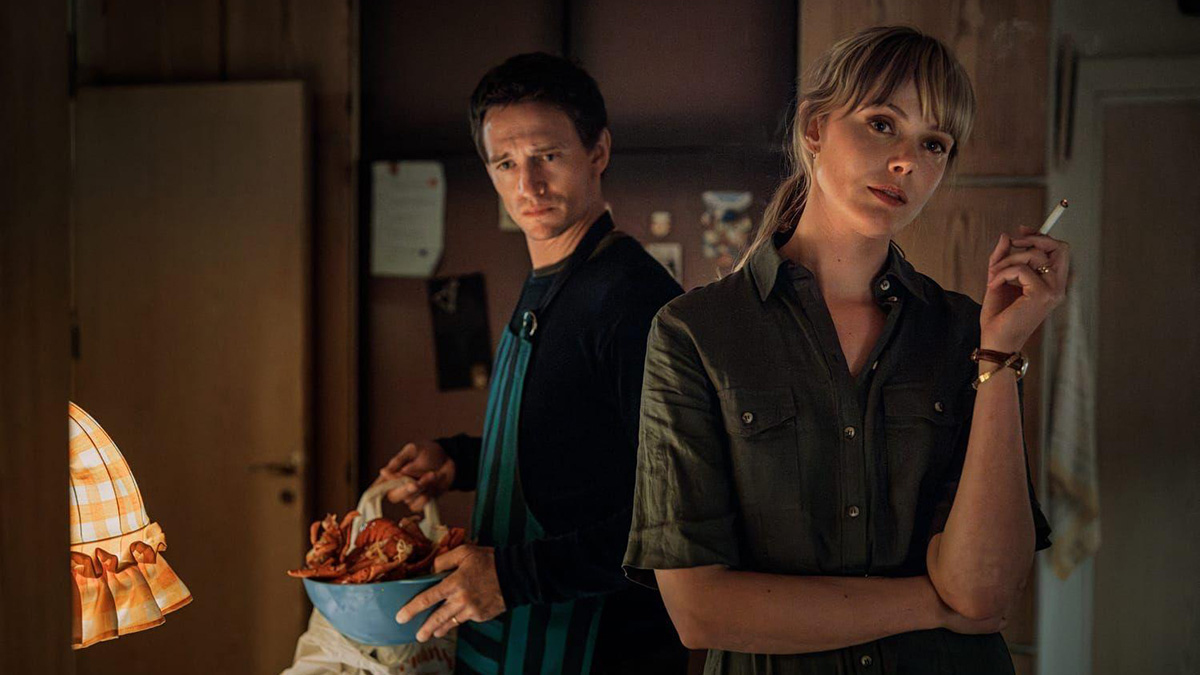 Markus Vogler (August Wittgenstein) et sa femme Marianne Vogler (Frida Gustavsson)/ photo Johan Paulin
Markus Vogler (August Wittgenstein) et sa femme Marianne Vogler (Frida Gustavsson)/ photo Johan Paulin
Here, there are far fewer crises and outbursts, just small details, heavy silences, and intense glances, with facial movements almost imperceptible. There is no true climax or descent into anxiety, but rather a constant tension, as if on edge. Tomas Alfredson deeply respects Bergman's cinema, but he refuses to imitate it. He takes ownership of the script in the best possible way: by interpreting it in his own way, with his singular style.
A more modern writing and direction
With this new version, Tomas Alfredson shared in several interviews that he also wanted to capture the intensity he had felt when watching Liv Ullmann's film while going through his own painful divorce. His approach is subtle, meticulous, and often very "atmospheric": he allows an atmosphere to grow slowly, thus constructing its intensity through moments of calm before an explosion (which is relative compared to Bergman’s films), but amplified by the silences that precede it.
Alfredson favors long, carefully composed shots. He often uses wide spaces or minimalist frames to emphasize the solitude or isolation of his characters. He skillfully uses close-ups and off-screen shots to create dramatic tension and give the viewer a real sense of place and role. His films always have a very refined aesthetic, and his camera movements are generally slow and calculated, highlighting here, in particular, the love triangle and the quartet with the daughter in a choral and very visual way: the birthday scene in episode 5 and the eye contact between the characters, in this regard, encapsulate Tomas Alfredson’s filmmaking artistry—very pictorial but also deeply emotional.
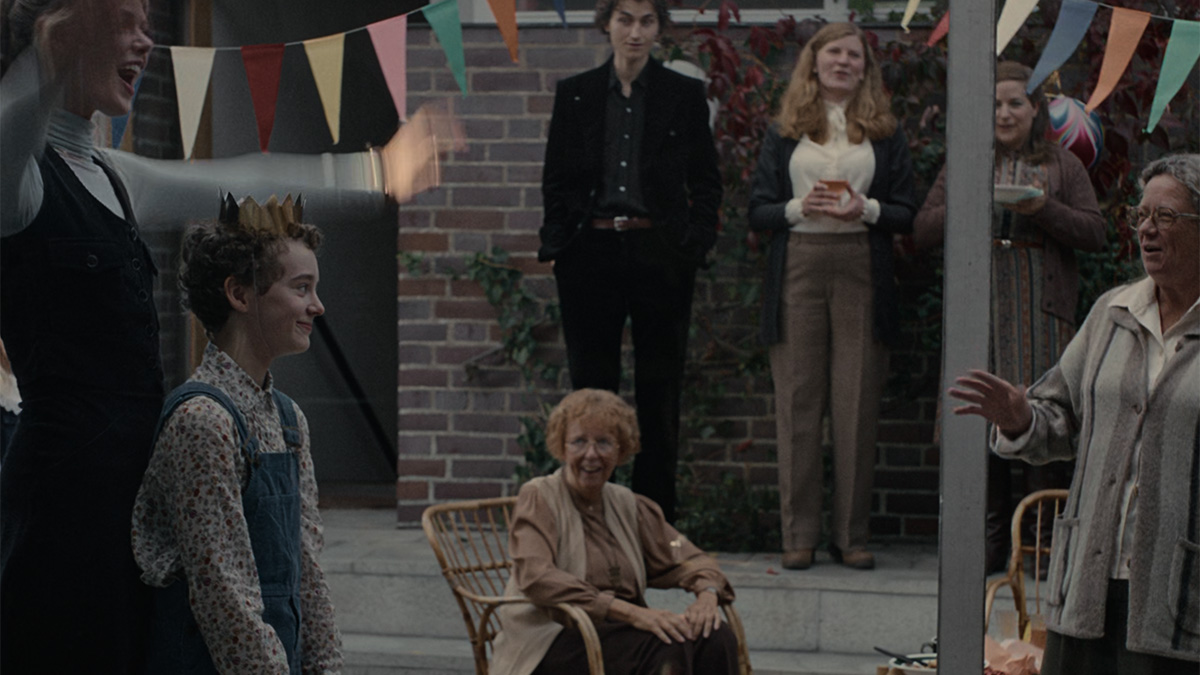 / photo Johan Paulin
/ photo Johan Paulin
Yet the emotions surface more than they emerge; the collateral damage is visible but does not systematically turn into guilt and anxiety. Everything is much more subtle, filled with unspoken words, as is often the case in a divorce.
A clearly embraced erotic dimension
The film’s erotic dimension, driven by very sensual jazzy music, is also an element that contributes to the unique atmosphere of the film, as well as to that sense of freedom so emblematic of the 1970s. Together, it leads to a melancholic, timeless, and universal vision of separation or divorce that can resonate with everyone. In this, it is entirely faithful to Bergman’s work, but it is not the work of a pastor’s son; it is less dominated by the feeling of guilt, and the anxiety is more floating, as if detached from the narrative.
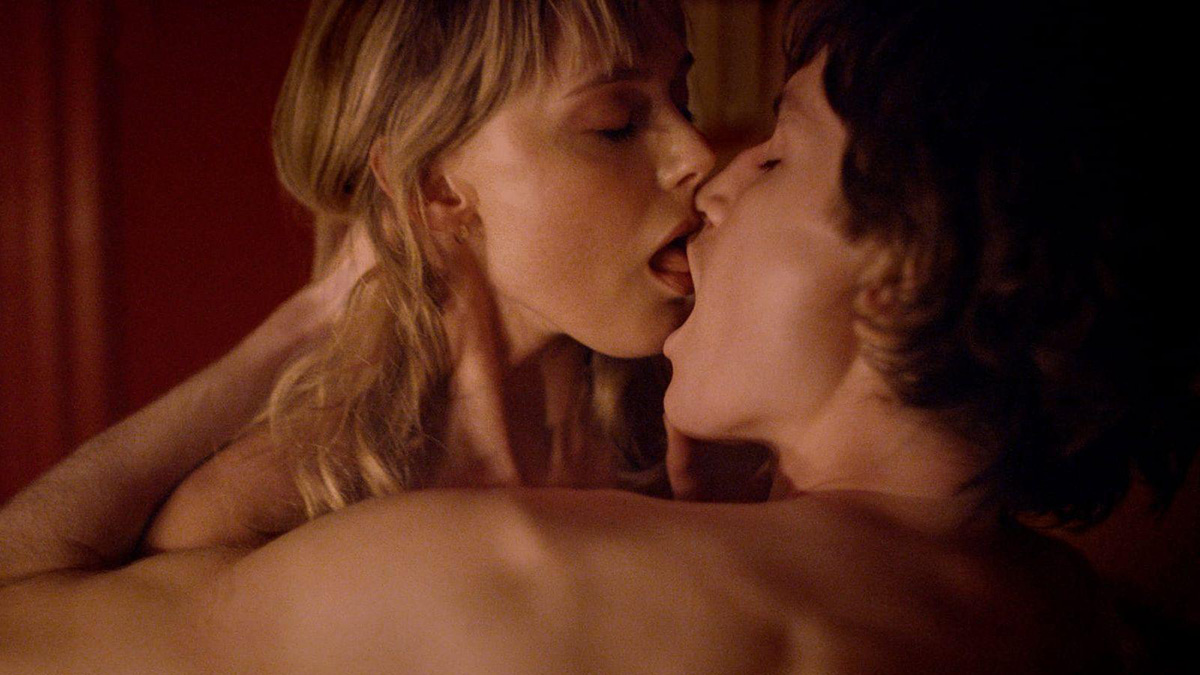 / photo Johan Paulin
/ photo Johan Paulin
Thanks to him, we also follow the wonderfully adventurous nature of romantic passion, its dynamics while forgetting the anxieties and the collateral damage that is often only seen afterward. It is a love passion and a true existential quest that we are shown, and we follow it in this epic, without anxiety.
 Frida Gustavsson (Marianne) i ”Trolösa”. Foto: Johan Paulin/SVT
Frida Gustavsson (Marianne) i ”Trolösa”. Foto: Johan Paulin/SVT
A desire to transmit: to be a sort of bridge
Aware that young people (in Sweden or elsewhere) may not know Bergman and that his cinema may even seem somewhat off-putting, he seeks to transmit and play the role of a generational bridge by modernizing and adapting the story to new codes, new ways of thinking, and the new demands of the audience. Even though the subject and themes remain the same, as they are universal and timeless, the current audience no longer has the same expectations, and this is a TV series, which comes with an even greater risk of disengagement than in cinema. It’s very clever of Tomas Alfredson to focus on the visual aspect and the music rather than long introspective dialogues and overly minimalist direction. It is also much less emotionally exhausting to approach it in small touches, giving space to the viewer, than by burdening them with guilt after their workday.
A very successful soundtrack (by Hans Ek) that contributes to the originality of the series
Hans Ek is a Swedish composer and arranger, recognized for his work in film music. He is particularly appreciated for his soundtracks and arrangements that skillfully combine different musical styles. Ek has often collaborated with Swedish directors, including Hans Alfredson for Let the Right One In, as well as with Danish director Thomas Vinterberg and Norwegian Erik Poppe. The music and soundtrack, extremely relevant, help create this atmosphere and also support some unspoken elements. Thanks to it, we are emotionally immersed in the film, close to the characters and their feelings, but without verbal explanation. The moments of silence are also highlighted and call for concentration: the fluidity of the music contrasts with the difficulty and accidental nature of life . Tomas Alfredson does not let us bypass these difficulties; he confronts us with them but with compassion and delicacy, both human and artistic.
You can get a preview by watching the trailer.
 en
en FR
FR IT
IT ES
ES


